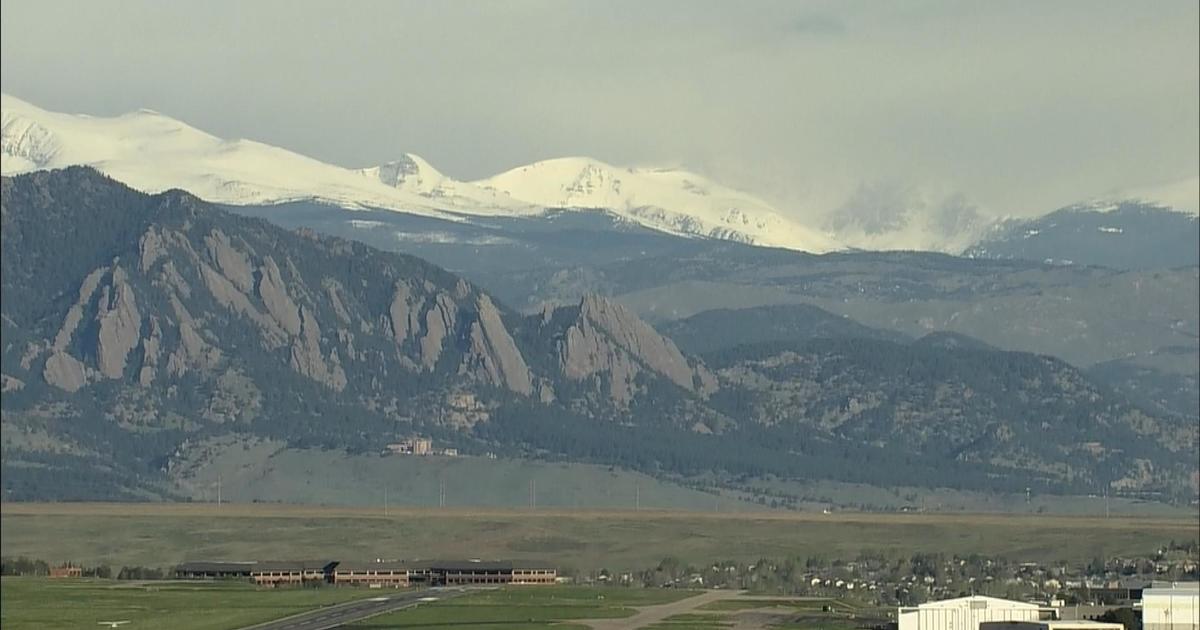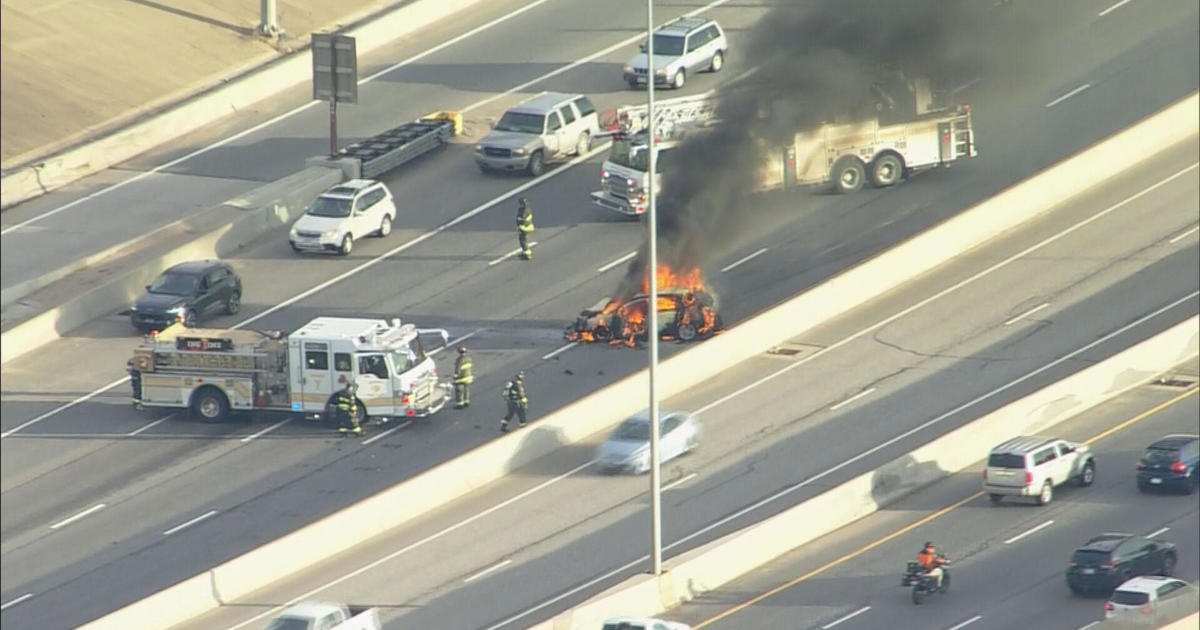Understanding The Science Behind Lightning Strikes
DENVER (CBS4) - What exactly is lightning?
Well, it's basically a giant spark produced by a thunderstorm.
One thing important to know is that every thunderstorm produces lightning.
Lightning can be found in different places within a storm. It can be within a cloud, between the clouds, or between a cloud and the ground.
RELATED VIDEO: Tree Explodes When Hit By Lightning
When a lightning strike passes through the air, it rapidly heats up its surroundings, to temperatures as high as 50 thousand degrees Fahrenheit.
That heating causes the air to rapidly expand near the lightning channel, resulting in a shock wave that we hear as thunder.
THUNDERSTORM FORMATION
To understand more about lightning, first, we need to know the basics about how a thunderstorm forms.
First, there needs to be moisture and instability present in the atmosphere. Next, you need heat.
The process begins with the sun, which warms the air near the ground, creating pockets of warm air that begin to rise.
As the air rises, moisture in the atmosphere (water vapor) produces condensation, which is a cooling process. As this happens, cumulus clouds begin to form.
In meteorology, we call this convection.
The more heating from the sun, the more the air rises and cools, allowing clouds to continue growing higher into the atmosphere.
Soon, towering cumulus clouds develop, which is the first sign that a thunderstorm may be forming.
As the storm grows, it can reach tens of thousands of feet into the atmosphere.
LIGHTNING
As hail, rain and ice crystals form within the cloud, and the updrafts and downdrafts strengthen, the precipitation starts to separate.
During this process, ice crystals start to collide with each other due to the chaotic motion of the wind inside the cloud. As this happens, it causes a separation of charges.
Positively charged ice crystals get carried to the top of the storm by updrafts, while negatively charged ice crystals gather near the bottom of the cloud in the downdrafts.
While all this is happening inside the cloud, at the same time, positive charges pool along the ground and follow the cloud like a shadow.
When the positive charges on the ground meet the negative charges in the lower part of the cloud, a negative cloud-to-ground lightning strike is produced.
NEGATIVELY CHARGED CLOUD-TO-GROUND STRIKE
Interestingly enough, when you see a cloud-to-ground (or CG) lightning strike, you aren't really seeing the initial part of the process.
The first part involves what is called a stepped leader, which is an invisible surge from the cloud toward the ground. At the same time, streamers of positive charge, from things on the ground like buildings and trees, move upward.
When the streamers meet the stepped leader, the connection is made, resulting in lightning.
The visible part of the lightning is called the return stroke, and the entire process takes just a matter of seconds.
POSITIVELY CHARGED CLOUD-TO-GROUND STRIKE
There can also be the reverse process, which usually occurs out ahead of the storm.
In this case, a pool of negative charges at the ground can be underneath the positively charged top of the storm, or anvil.
When a positive channel surges toward the ground, and connects with negative streamers shooting up, a positive lightning strikes occurs.
NEGATIVE VS. POSITIVE FLASHES
Both types of cloud-to-ground lightning strikes are deadly, but the positive flashes are usually the most destructive and tend to catch people off guard.
Positive flashes are less common and can actually strike the ground several miles away from the main thunderstorm.



